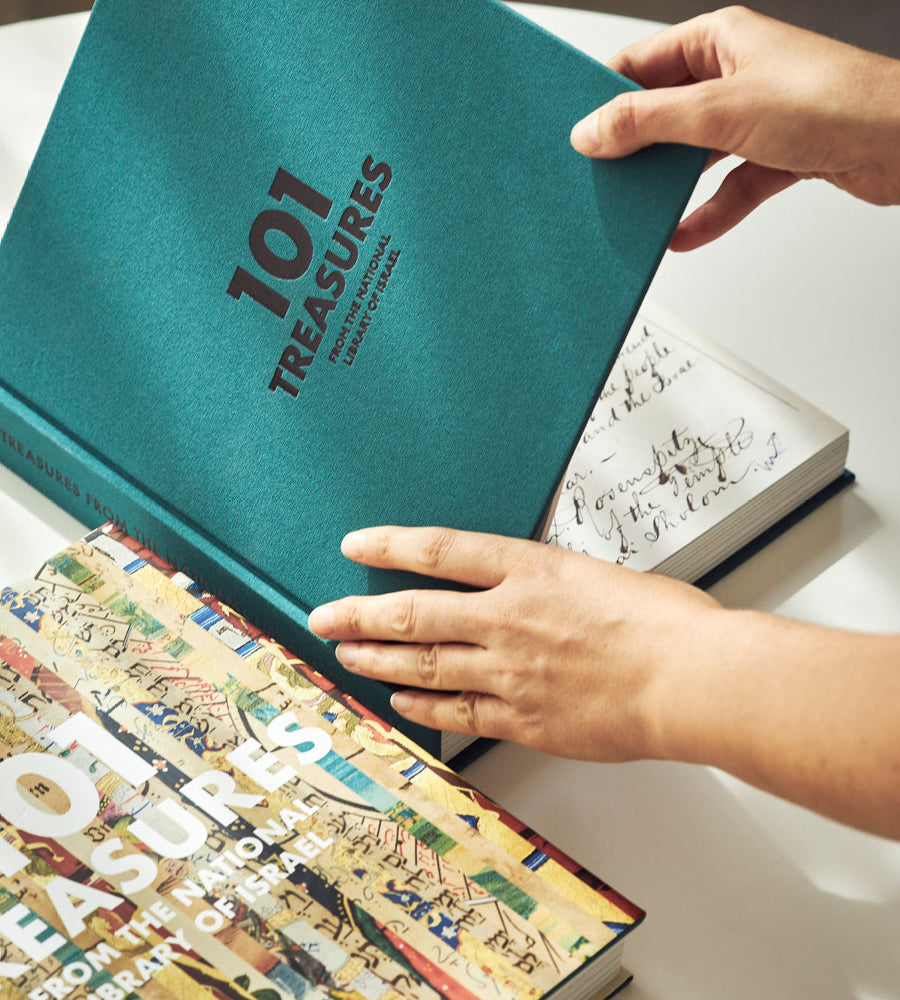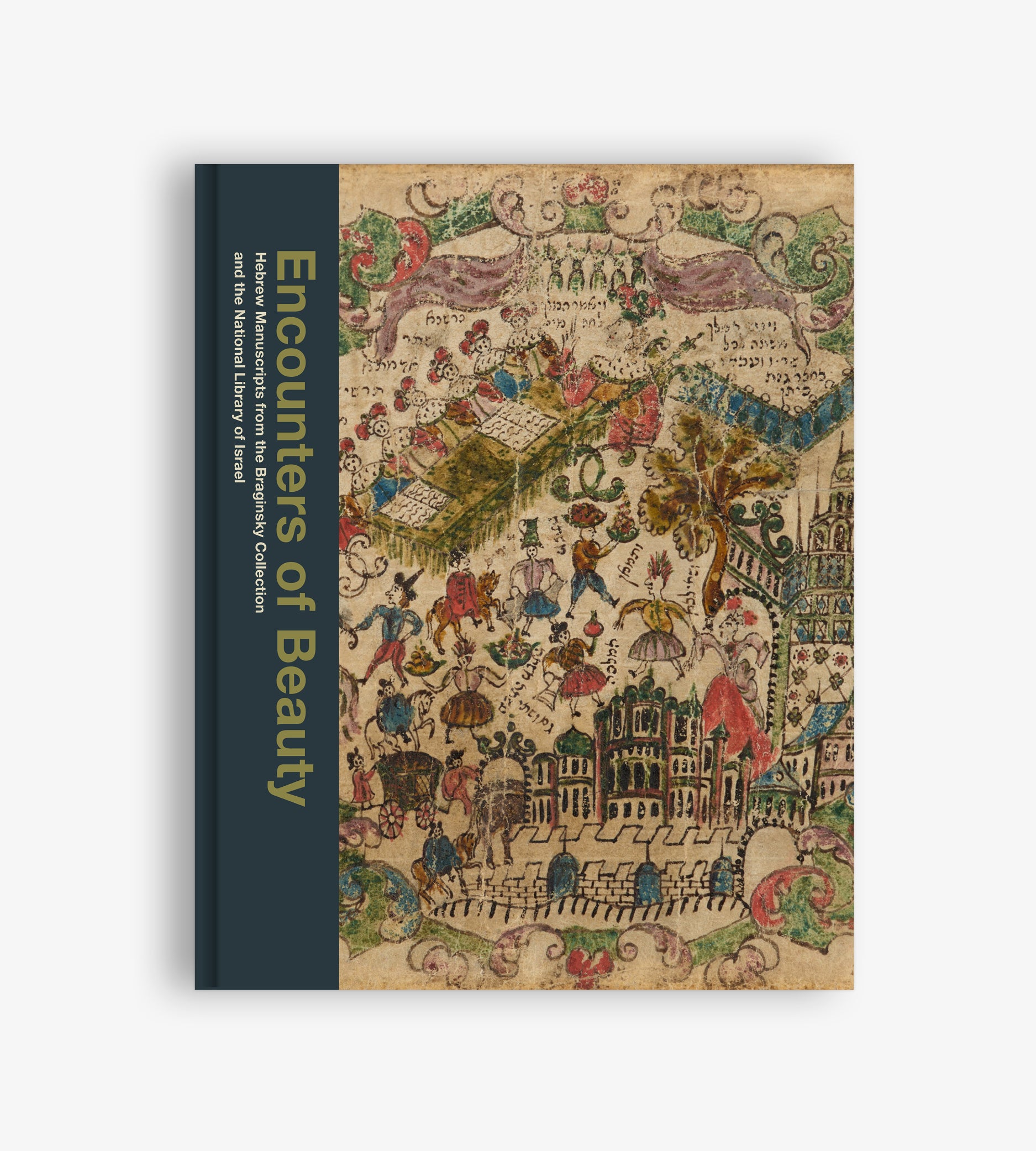
Zionism on the Map
Hezi Amiur

How does one reach Jerusalem from Damascus? What is the location of the sites from the stories of the biblical forefathers or the Mishnaic sages? These questions were addressed in various late-nineteenth-century maps employed by travelers — both researchers and religious pilgrims — to the Land of Israel.
Unlike these travelers, many Jews living in the Diaspora did not need practical geographical information but, rather, sought to decorate their homes with an attractive image of the Holy Land. They therefore turned to illustrations, then known as panoramas and today referred to as cartographic tablets.
A typical cartographic tablet featured a lengthy printed title running around its border, beginning with the words “The contours of the Holy Land and its borders” and followed by details such as “its cities, villages, mountains, and hills,” etc. The map was a general drawing of the land, including the four holy cities of Jerusalem, Hebron, Tiberias, and Safed as well as other familiar sites from the ancient past, and was a way of marking the graves of the righteous throughout the generations.
This illustrated tablet, while similar to its predecessors, also represents a new Jewish perspective on the land and a modern expression of the Jewish people’s historical commitment to it by including in the title: “all the regions and colonies where Jews have settled in returning from their lands of exile to work the land of their forefathers as in times past.” Indeed, this map features all the new settlements founded by the First Aliyah immigrants beginning in 1882. The settlements, as well as several new modern institutions in Jerusalem and Jaffa, are arranged according to their locations in Judea, Samaria, the Upper Galilee, and the Golan.
While it is difficult to determine the exact provenance of this map — the first to feature the new Jewish settlements in the Land of Israel — it was possibly printed in late 1897.
















